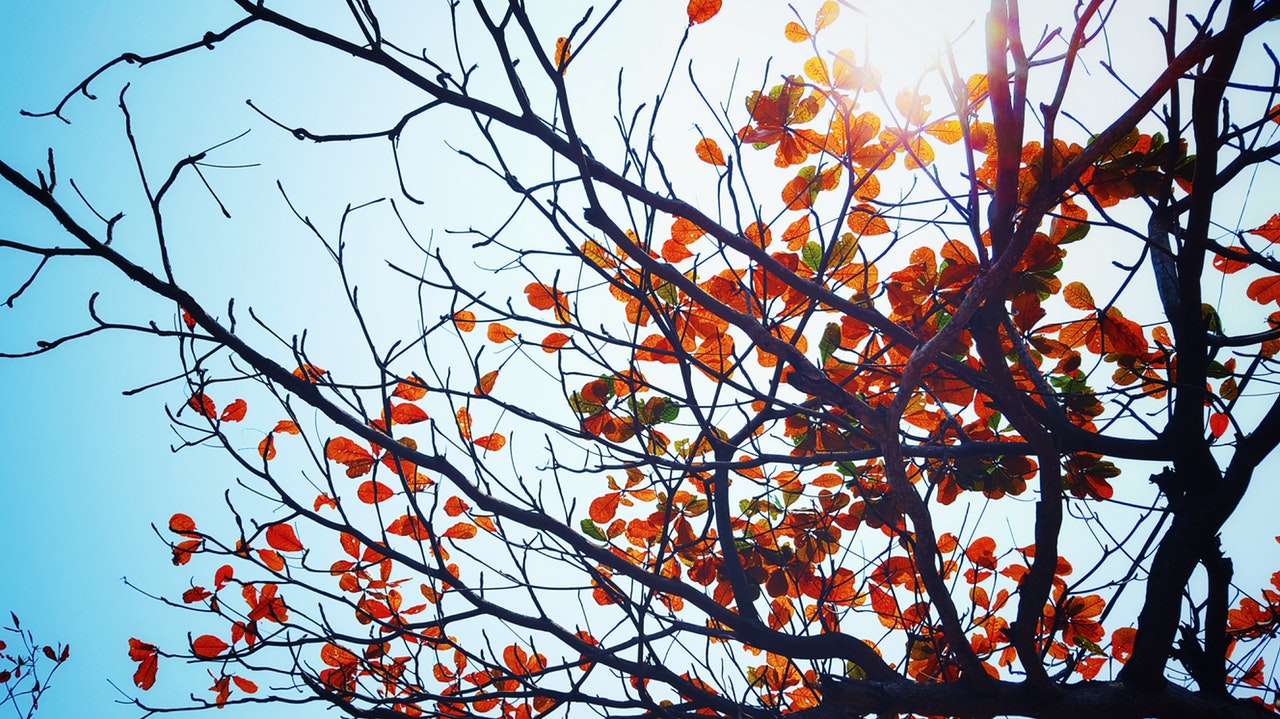Trees are a vital part of Australians diverse eco system and diseased or fallen trees can provide nutrients back into the earth and homes for Australia’s wildlife. However diseased, damaged or dead trees can be a threat in populated areas and should be removed immediately by Branch Management.
Tree removal and pruning exercises are strenuous and time consuming, and may not be easy without a qualified person. Doing the job can be dangerous since you may lack the required skills. You need to make sure that the company you hire are certified and have the appropriate workplace liability insurance to avoid un expected cost.
There are various indictors that a tree may have a disease:
Trees that have branches that are bare during a time of the year when they should be covered in leaves. Also keep in mind that on dead branches of deciduous trees, dead leaves will cling well into the winter instead of dropping to the ground as they would on a healthy deciduous tree.
Dead branches on only one side of a tree can also indicate serious trunk and root damage.
Good Branch Management will help reduce the risk of falling branches which may cause damage to buildings and harm to people.
Large fungus — shelf or bracket fungus (aka wood conchs) — on the trunk or branch of a tree can indicate that your tree is has internal rot may be dead or dying.
Trees that remain after construction may have had their roots damaged and may be experiencing a significant increase in their exposure to sun and wind, which can detrimental to their health.
Nearby construction can also damage roots, soil compaction and changes in the grading
Severe damage to the trunk of a tree can greatly affect the likelihood of your tree’s survival. In addition to any cracks or seams on the trunk, take a look at the bark on the tree — or lack thereof.
When a tree ages, old bark will fall off on its own and eventually be replaced by a new layer of bark if the tree is healthy. If new bark doesn’t reappear and areas of smooth wood remain, this can be an indicator your tree’s health is on the decline.
A leader branch is one of the major branches of the tree stem. Leader branches depend on the kind of the tree, and some trees may have several leader branches. Trees with many leader branches mean that they are competing against each other for survival and dominance. When you prune your trees and select a leader branch incorrectly you may damage the trees ability to compete with surround trees. It is a natural phenomenon for trees to grow upright following the direction of the sun, certain layouts there can cause trees to grow outwards instead of vertically as they have the more room which may lead to long slander branches that may it to break under too much weight. You should prune them early in advance to avoid such damage.
When you see orange, gold, or reddish spots rupturing leaf surfaces, you’re dealing with rust. While it rarely kills plants, rust fungus makes leaves unsightly and weakens the plant by interfering with photosynthesis, the process a plant uses to make food. Each plant species that is susceptible to rust, hosts a particular rust species that may vary from other rust species in appearance.
Anthracnose is a common disease that attacks a wide range of plants and trees. There are two ways Anthracnose disease can attack:
Spot Anthracnose that impacts tree leaves and blossoms and Canker that disrupts a tree’s vascular system.
Spot Anthracnose causes small light brown spots of dead tissue emerge on the leaves usually located along the leaf’s vein system and blossoms in the late spring and summer.
The disease is caused by a fungus that over-winters on the bark of the tree or on fallen leaves. In the spring, the fungus is spread by rain and wind, which transports the fungus to newly developing healthy leaves and blossoms. When the tree is severely infected over several seasons the fungus will infect and kill branches.
For more information about hiring the Tree Services team for the job – go to https://www.branchmanagement.com.au/contact/ or Phone: 02 4984 6996 or Mobile: 0419 289 223
